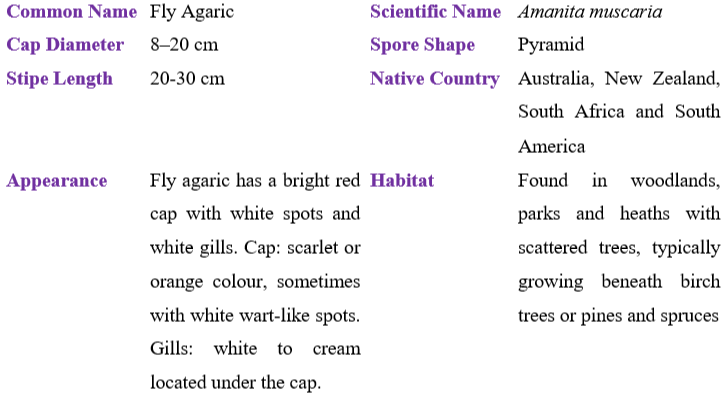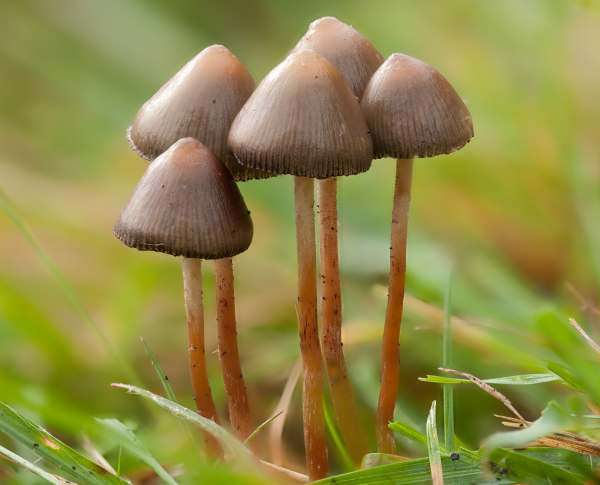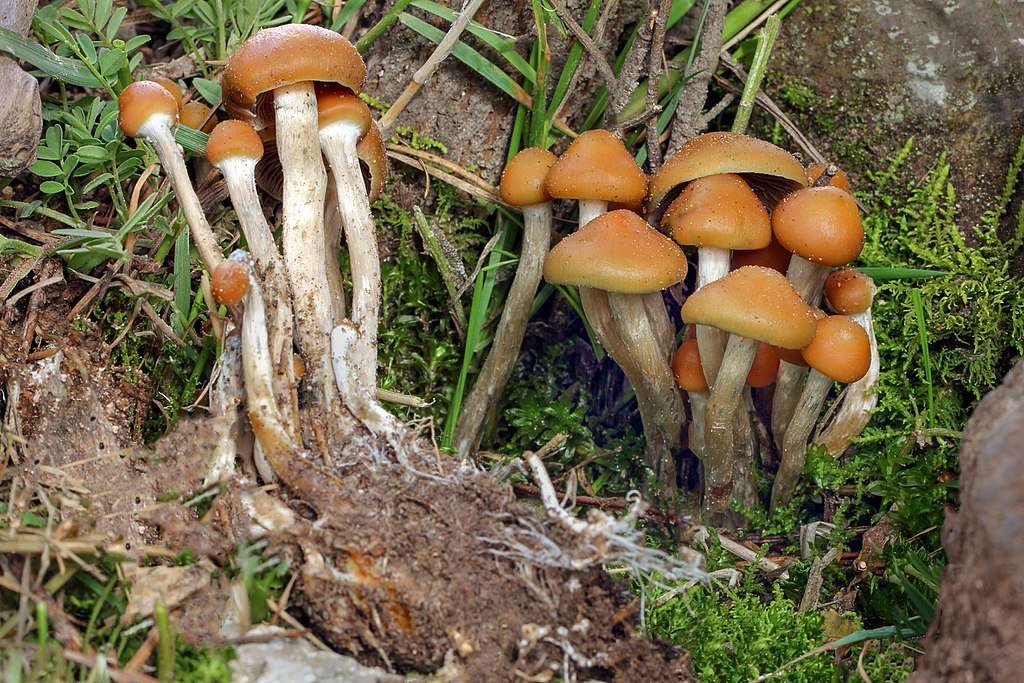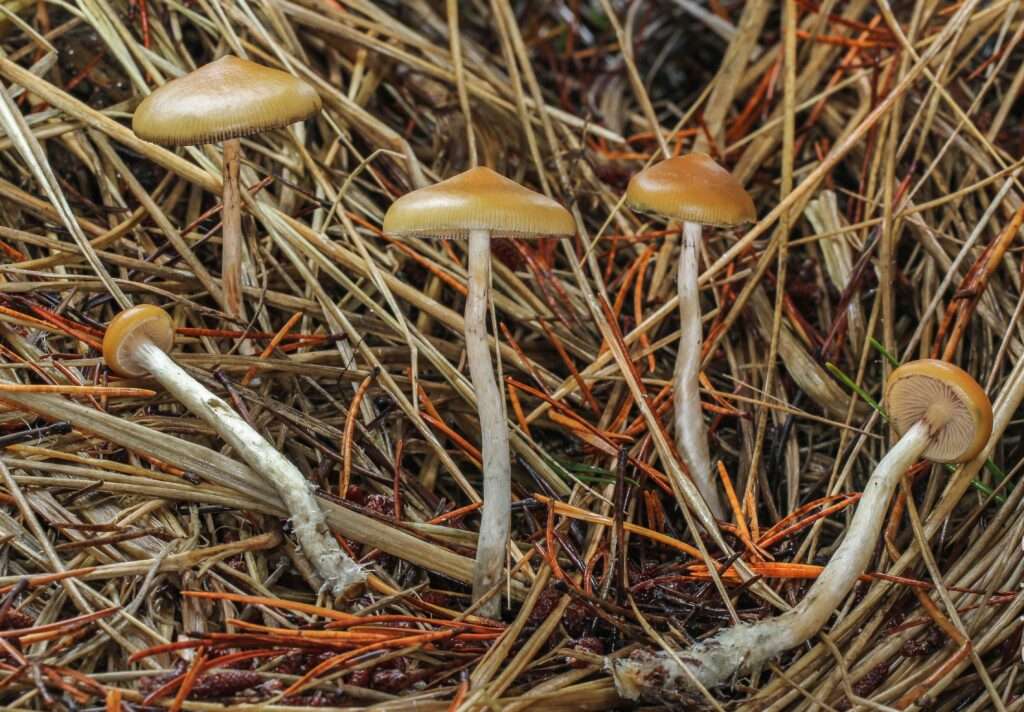
Scientific name
Amanita muscaria
Description
Amanita muscaria is a huge, noticeable mushroom that is often widespread and present in large numbers where it grows. It is frequently seen in clusters at all phases of growth. Fly agaric fruiting bodies, which look like white eggs, appear on the ground. As it rises from the earth, the cap is covered in innumerable little, pyramid-shaped warts that are white or yellow. Warts don’t change in size as the fungus spreads, but they do get smaller in comparison to the expanding skin area, which lets the red color shine through the pierced veil. The cap changes in adult specimens from spherical to hemispherical, and finally becomes flat and plate-like. The brilliant red cap typically measures between 8 and 20 cm in diameter when fully grown, however bigger examples have been discovered. After rain or in older mushrooms, the red color may fade. The white, 5–20 cm tall stipe has the usual somewhat fibrous, brittle feel found in many huge mushrooms.
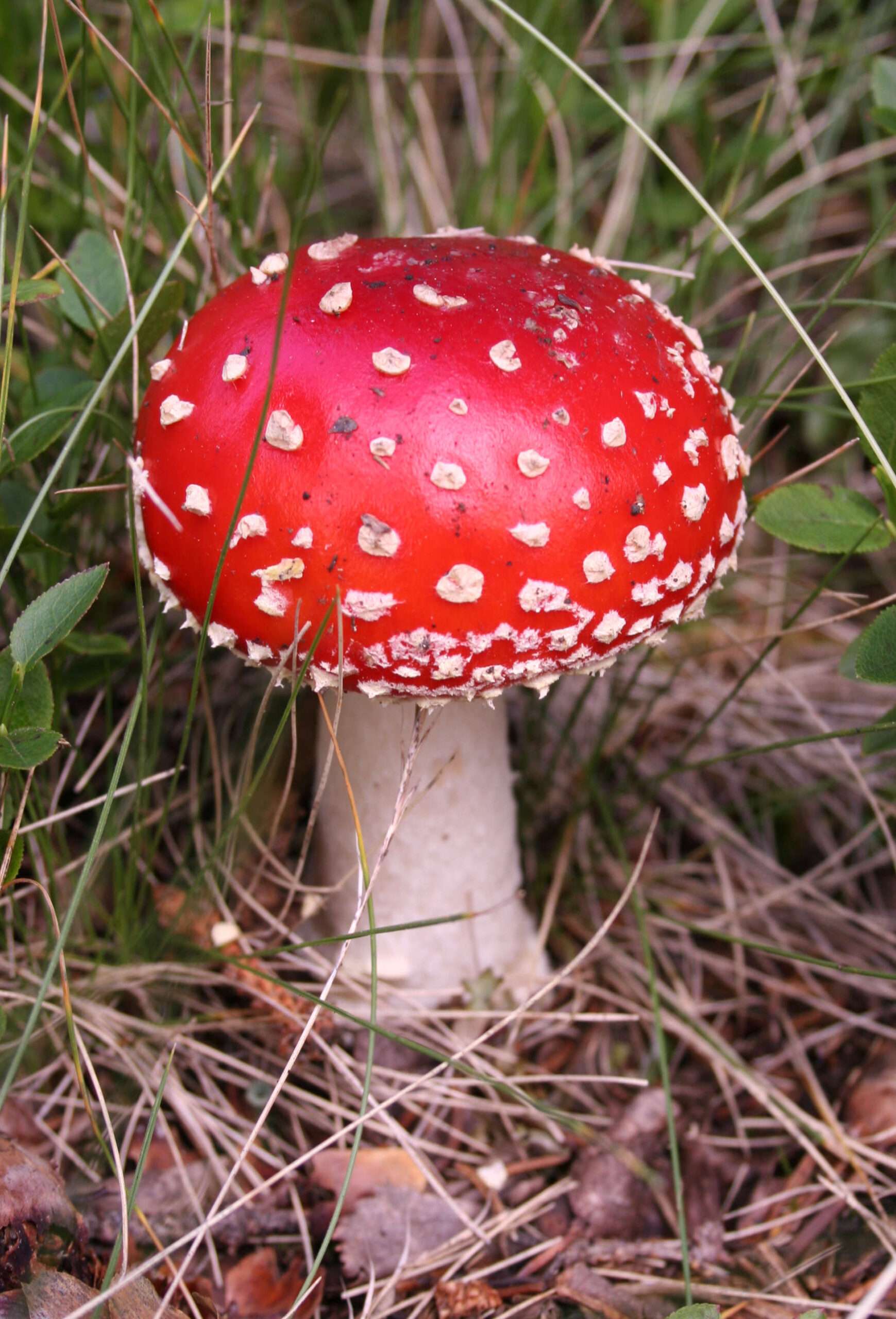
Habitat
Fly agaric occurs commonly across the northern hemisphere, encompassing Ireland and Britain continental Europe, the USA, Asia, and Canada. It thrives on light soils in woodlands and heathlands with birch, pine, or spruce. It is an introduced species in Tasmania, New Zealand, and Australia, where there are issues that the Fly Agaric fungus is displacing local fungi.
Uses/Importance
The psychedelic chemical substances muscimol and the closely related ibotenic acid, along with muscazone and muscarine, may all be found in fly agaric. In some ways, Fly Agarics are poisonous fungi since the psychoactive substances they contain are also poisons. A variety of symptoms, including fatigue, nausea, and perspiration, along with altered vision and sound, pleasure, and dizziness, can be brought on by consuming dried Fly Agarics. The intensity of the toxins in each Fly Agaric specimen varies greatly, making these effects quite unpredictable not just from individual to individual but also depending on the amount taken.
Although the fungus has never been widely used as food, the alkaloids in A. muscaria are water-soluble. Boiling the mushrooms can detoxify them and make them fit for consumption. Neutralized A. muscaria has been used in numerous parts of Europe for at least a century and maybe longer, most notably by Russian emigrants in Siberia. It appears that North America has also used this fungus as food. Amanita muscaria has long been used to trap flies, probably because of its high concentrations of muscimol and ibotenic acid.
Table
